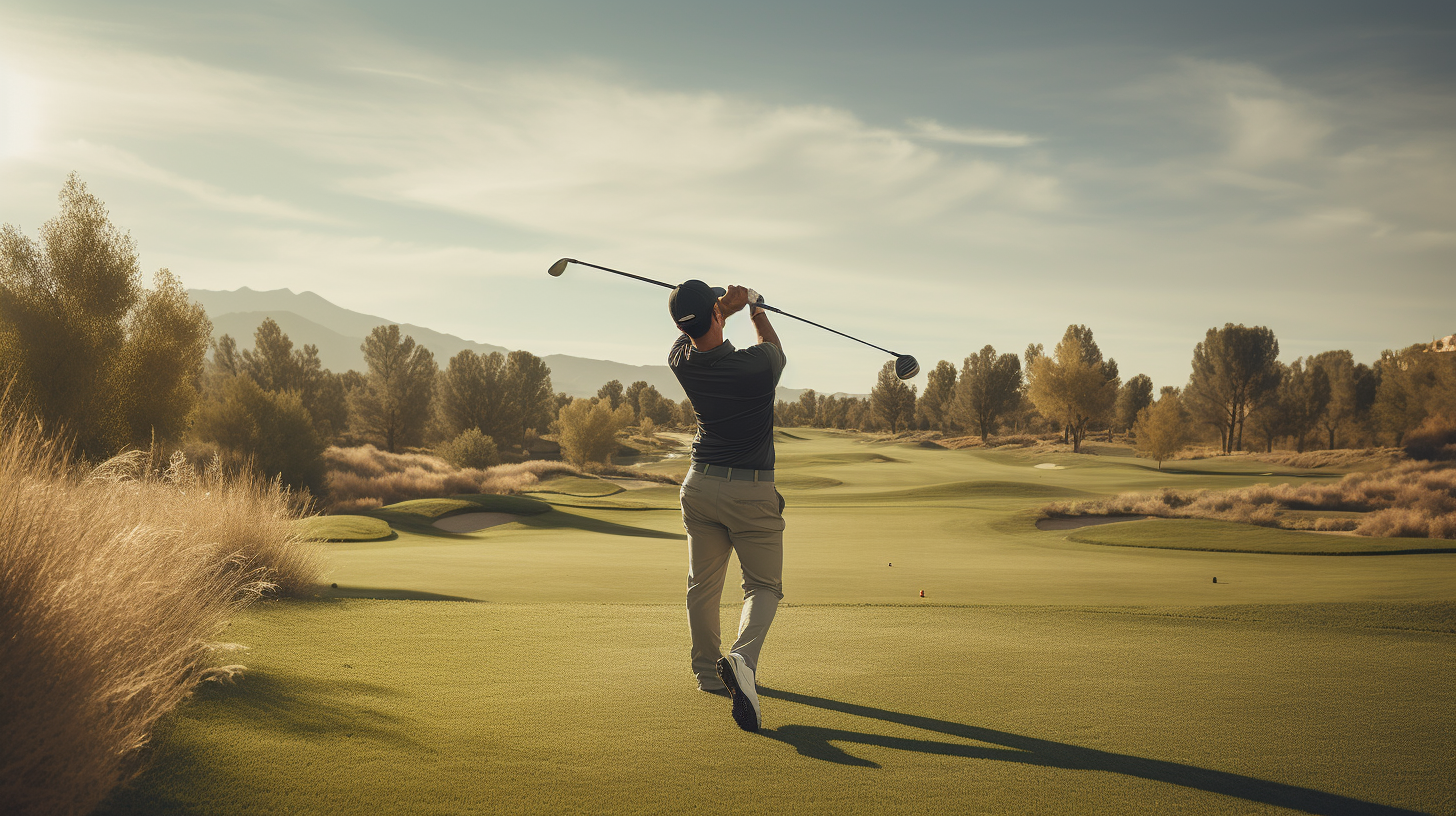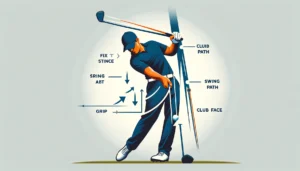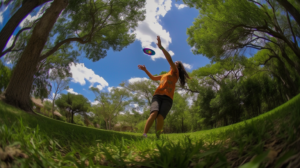Do you cringe every time you send your golf ball veering wildly right of your target? You’re not alone – the slice is the most common affliction for amateur golfers.
But having this right-to-left sidespin ruin every drive and approach shot is utterly unnecessary. With some simple adjustments to grip, alignment, swing path, equipment, and professional instruction, dramatically straighter shots are within reach.
Let’s dive into the root causes of slicing and actionable fixes you can implement today to shoot lower scores.
Understanding Why You’re Slicing

A slice is one of the most common problems faced by amateur golfers. Before trying to fix your slice, it’s important to understand what causes this ball flight in the first place.
A proper diagnosis of your swing flaws will make correcting the slice much easier.
There are a few key swing errors that typically lead to slicing the ball. An open clubface is one of the most common causes – if the clubface is angled too far right at impact, clockwise sidespin will be imparted on the ball, sending it careening off to the right (for right handed golfers).
An “over the top” swing path often works in conjunction with an open clubface to exaggerate this rightward curving ball flight even further.
Coming too far from the inside on the downswing and getting stuck behind your body can also lead to an open clubface through impact. Poor grip is another common culprit – a weak left-hand grip makes it harder to square the clubface properly at impact.
Excessive hip sliding towards the target on the downswing pulls the clubhead outside the ideal plane as well.
It’s imperative that you identify the primary swing flaws causing YOUR slice specifically before attempting any fixes.
Seeking professional instruction is often the best way to diagnose your swing and customize an improvement plan, as an instructor can watch your ball flight and analyze video of your swing to pinpoint the problem areas.
Self-analysis using swing recording apps or slo-motion video can also help narrow things down if you know what to look for.
Grip and Alignment Fixes
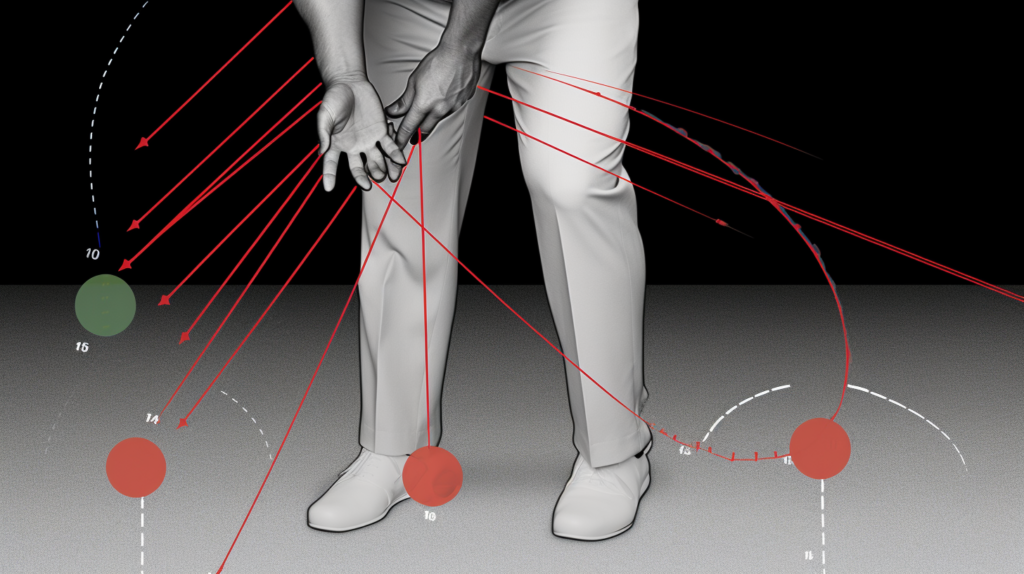
Once you have determined the major causes of your slicing issues, you can begin implementing targeted fixes. Some quick fixes relate to your setup and can be enacted without even making a swing.
First, check your grip to make sure your hands are in a relatively neutral position on the club and work on quieting the hands throughout the swing.
Generally, a grip that is too weak (with the V formed by your thumb and forefinger pointing more towards your chin or shoulder rather than the right side of your chest) will exacerbate a slice.
Next, utilize alignment sticks, a club placed on the ground, or even just intermediate target lines to ensure your stance, feet, hips and shoulders are aimed just left of your true target line.
This “closed” setup positions will make it easier to start the ball directly at the target or even draw it slightly back from right to left.
Many golfers struggle to align their club properly as well – adjusting your clubface so that it points just left of your feet and body alignment can negate the excessively open position at impact that slices are known for.
Swing Path Fixes
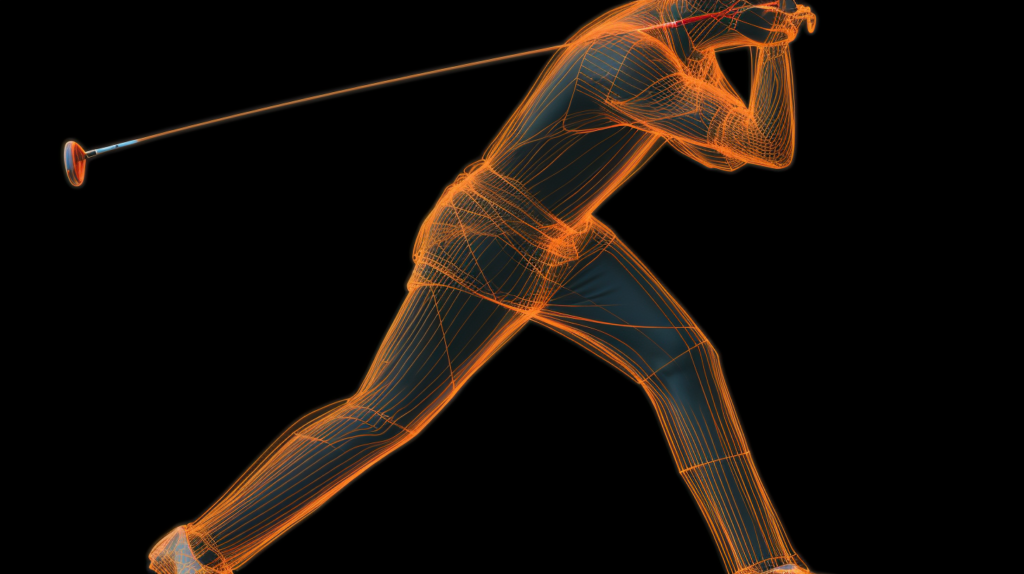
Aligning your body and clubface closed are quick tricks to minimize a slice temporarily, but more lasting fixes will require some adjustment to your actual swing path as well.
Start by making smooth, controlled half or three-quarter swings, focusing on bringing the clubhead just slightly inside the ideal plane as it approaches the ball from backswing into downswing.
Swing through impact while visualizing the clubhead exiting left of your target line before wrapping around behind you. This more in-to-out direction will help override that “over the top” move many slicers struggle with.
You can also perform a drill where you place your feet together in your normal stance to remove any chance of swaying too far from back to front in the downswing.
Then make controlled half swings with your normal grip and centered clubface angle, paying close attention to shallowing the shaft as you transition forward so the toe doesn’t arc outside the line.
Modifying your release through impact can also be helpful – try either strengthening your left-hand grip slightly or pre-setting the clubface into a slightly closed position at address.
With these modifications, you’ll strike the ball with a clubface that’s aimed left of target, putting right-to-left sidespin on shots. This draw spin will cause the ball to start right of the target but curve back towards the flag.
Equipment Adjustments
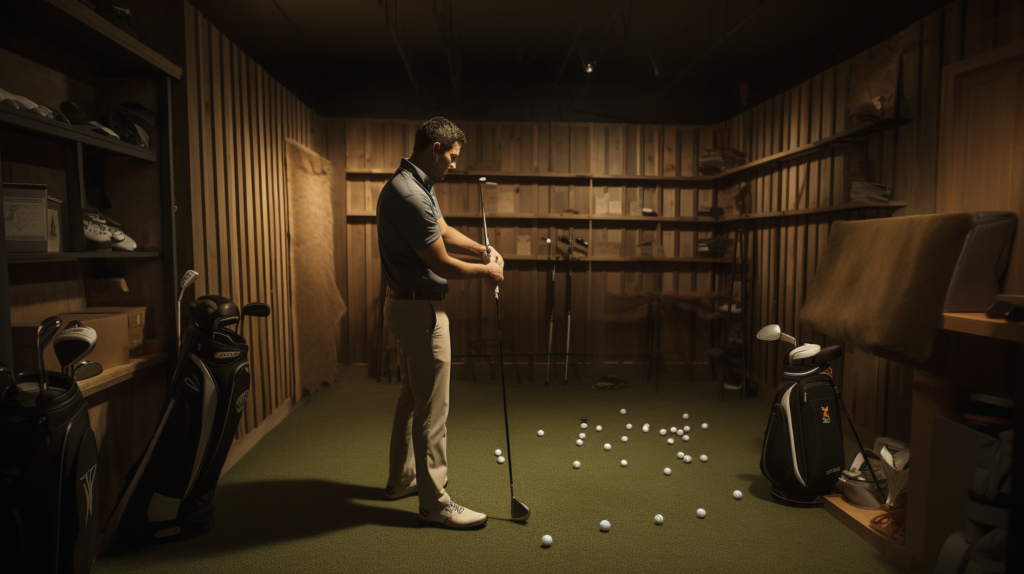
If you’ve worked extensively on your swing mechanics related to slicing and still can’t get the ball to fly straight consistently, adjusting your equipment may provide an incremental fix.
Check the loft specifications on your primary woods and long irons. As loft increases, typically the tendency to slice is reduced.
This is why higher handicap players often utilze more forgiving, deep-faced woods and cavity back or “game improvement” irons with additional loft built in.
If your driver loft is currently under 10 degrees, switching to a 10.5 or even 12 degree model could remove some slice tendency.
There are also clubs built specifically to help chronic slicers – many manufacturers now offer customizable woods with movable weights that allow the sole weight to shift towards the heel. This draws the clubface into a closed position at impact to discourage slicing.
Offset, which spaces the clubhead further behind the hosel, is another design element used to straighten slice-prone shots.
Using golf balls marketed as “anti-slice” or ones that feature a built in core promoting draw spin can help alter your ball flight as well. You might also try peel-and-stick lead tape that adds mass to the clubhead toe area to close the face.
Just make sure not to add too much sticker weight, as this can negatively impact feel and consistency if overdone.
Seeking Professional Help
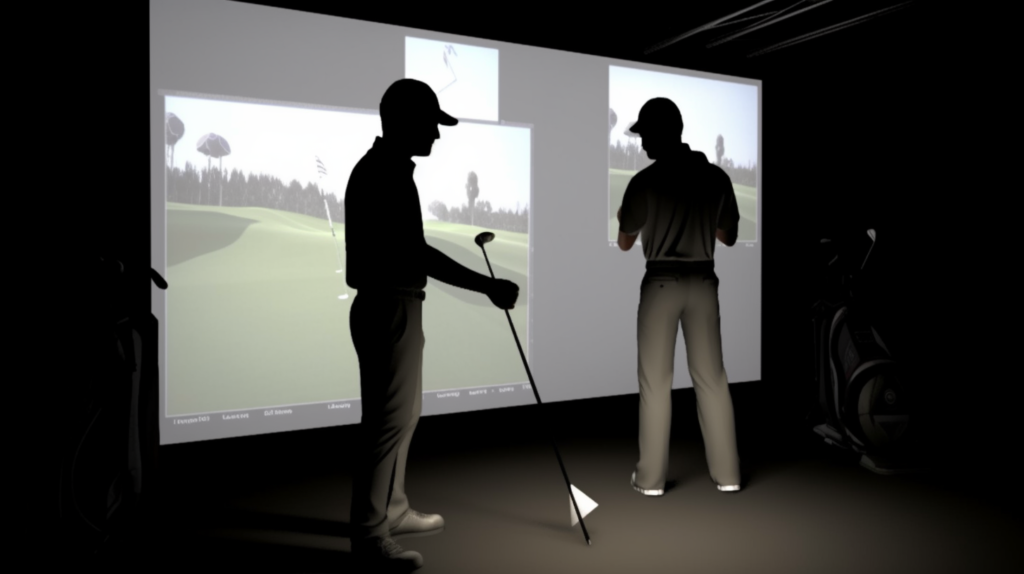
While the methods covered above can help reduce slicing tendencies, those with more severe cases benefit tremendously from personalized instruction from a PGA teaching professional.
In fact, taking even just one or two lessons focused on diagnosing your swing using video analysis and developing the proper “feel” to shallow the club properly is recommended before trying any slice fixes on your own.
In your lesson, have your instructor check other factors like club specifications and fitting measurements as well. You want to rule out any undesirable equipment mismatches such as shafts that are too flexible or lie angles not suited for your swing plane.
Custom club fitting can seem tedious or expensive up front, but if it leads to eliminating your slice once and for all then it is well worth it!
Work with your coach to design practice drills that specifically address your problematic swing tendencies at their source.
Common drills involve making half swings with exaggerated in-to-out paths or incorporating impact bags, split tubes, and other devices to ensure ideal shaft lean, face closure and swing direction through the hitting zone.
Replacing your damaging slice tendencies with correct muscle memory and confidence in a consistent, controlled ball flight is not always easy… but with a focused improvement plan and help from a top instructor, straighter shots are certainly within reach!
Conclusion
Overcoming a persistent slice requires focus, self-analysis, and often, professional help. While a quick band-aid fix may temporarily straighten your shots, working to ingrain the proper grip, alignment, swing path, and release moves takes practice.
Stick with the drills and swing thoughts covered today for improved ball-striking, but also schedule some lessons if your progress stalls out. With the right changes, you can ditch that damaging sidespin once and for all.
